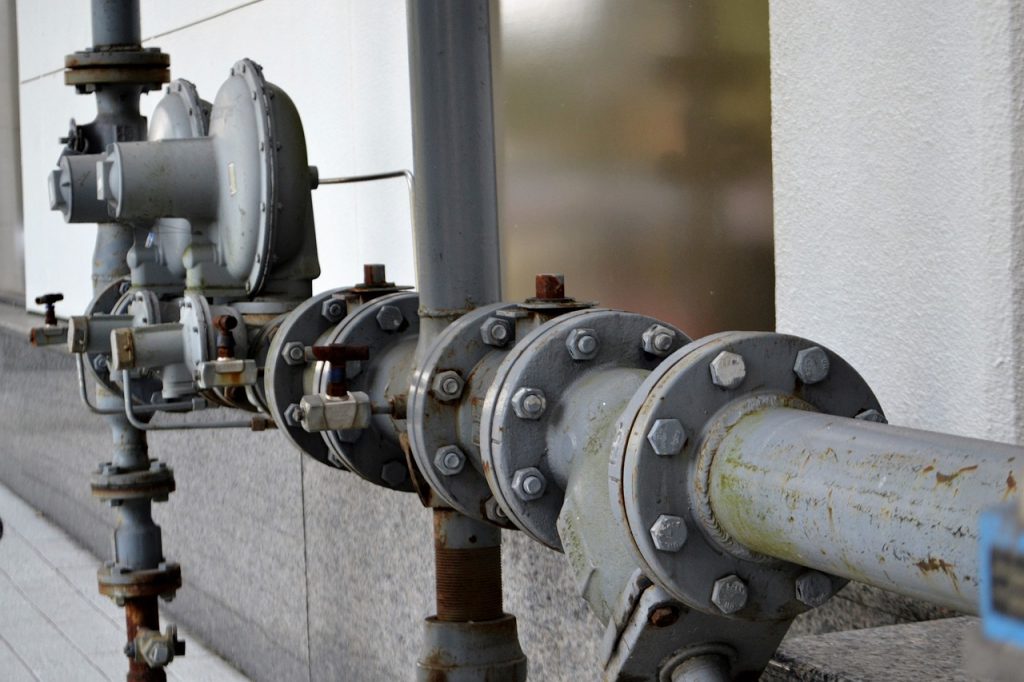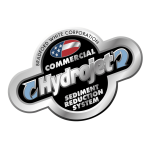When we think of our plumbing systems, we often imagine the water inside flowing in one direction and one direction only. While that should be the case, an increase or decrease in water pressure can sometimes cause some water to flow backward.
This backward flow of water in your home water system is called backflow. Plumbing backflow is an undesirable backward flow of solid materials or chemicals which may flow into your potable (drinkable) water system. If substances like chlorine or dirt begin to show up in your pipes, it could indicate a backflow issue.
Backflow problems can damage your home’s heat pumps, fixtures, and other systems. The water may also contain harmful contaminants or toxic materials that could potentially harm you and your family’s health. It’s always wise to conduct regular backflow testing to ensure your water is safe.
The best solution for backflow is a backflow preventer. In this post, we’ll provide some information on backflow devices and how they can be used to keep your water clean and your family safe. Read below for more!
What is a backflow preventer?
A backflow preventer is a simple but important device that prevents water from being contaminated due to backflow. It will help improve and maintain your water quality.
The device is installed within a plumbing system and facilitates the flow of water in a single direction. It ensures that water in your plumbing doesn’t, at any time, flow in the opposite direction. Water is allowed to flow into your house’s piping but not backward into the main water supply.
The three most common types of backflow preventer devices include air gaps, vacuum breakers, and check valves. Although there are a few types, each device has the same function: to help protect water lines from waste contaminants.
Backflow preventers should be tested annually for any wear or defects. These maintenance checks are typically conducted by a professional plumber. The plumber will check your backflow prevention device and replace it if necessary.
Do I need a backflow prevention device installed in my house?
Every house with a plumbing system should have a backflow preventer installed. Without one, you are likely to notice a bad taste or smell and even discoloration in your tap water. There is nothing pleasant about dirty water.
Backflow prevention is recommended everywhere water lines connect, even if you do not experience the above signs. These devices are a requirement in most modern plumbing codes to minimize the health risks for users and community water systems.
How do backflow preventers work?
Simply put, these devices work by preventing water from flowing in more than one direction. In most instances, the backflow preventer is placed before the first junction point in the water distribution system. This guarantees the protection of the entire system.
Usually, a backflow preventer will trip or shut off when the airflow or pressure changes. To fix this, the device must be reset.
To some, this might seem like an inconvenience, especially if the water is shut off and you need to use the water in your house. However, it’s better to have no water than to have water with impurities contaminating the water and the piping. This can assist in preventing numerous illnesses and health issues for you, your family and your community.
Let’s dig deeper to understand how each type of backflow preventer functions. This will help you make an informed decision about which type you should install in your home plumbing system.
Air gap backflow preventers
This type of backflow preventer is known for providing the highest level of protection for your water system. As the name suggests, a gap of air creates a physical separation of the impurities from the potable water. It protects against back pressure and back siphonage, which, in other words, is low pressure from the supply.
An air gap device has a clear vertical separation between the flood-level rim of a non-pressurized receiving receptacle and the discharge end of a potable outlet.
Vacuum breakers
These are perfect if you hope to apply them in different locations, as they come in all shapes and sizes. Vacuum breakers are specifically designed to help with spill resistance, pipe atmospheric pressure, lab faucet pressure, and hose bibbs.
The various applications mean that you will need professional input or an understanding of the device’s specific application requirements and installation criteria.
Vacuum breakers also protect against water hammering and freezing and can accommodate gravity drainage in condensing equipment under modulated control. A vacuum breaker allows for complete condensate drainage while modulation is on or off.
Another advantage of vacuum breakers is the reduced temperature fluctuations. Therefore, using this can help you eliminate the uneven temperatures in your house. Vacuum breakers not only have a variety of applications but many advantages to consider as well. If you’re looking for a multi-functional backflow preventer, this might be the one for you.
Check valves
The final device we’ve included is the check valve, which also comes in different models. A double-check valve assembly (DCV) is mainly used to protect against low hazards only, back-siphonage, and backpressure. It consists of two independent check valves with shut-off valves that close tightly.
The valves are found on each side of the outlet and the inlet. The valves have test cocks that help assess each independent valve. This is helpful for maintenance and inspections. The only downside of the DCV is that it requires regular checks to ensure it’s functioning correctly.
Another type of check valve is the Reduced Pressure Zone valve assembly (RPZ), which is a hydraulically operated relief valve. The design of the RPZ makes it foolproof when used to prevent backflow. Many consider this a commendable solution for high-hazard conditions and preventing backflow.
Unlike the DCV, the RPZ shows when there is a problem in the system. This consideration gives you a chance to respond and address the problem immediately.
Final thoughts
We hope this post has helped you gain insight into backflow prevention devices and how they work.
These devices are essential for keeping your home water system clean and safe to use. To keep you, your family and your community safe, we highly recommend investing in a backflow preventer and monitoring it regularly to ensure it’s working properly.
While we provided you with some background information, the good news is that if you’re a property owner or a homeowner, you don’t have to understand all the details about backflow preventers. Fortunately, professional plumbers can take care of that for you.
If you don’t know which type to choose for your home, get a professional plumber’s opinion. They’ll help you make the most suitable decision for your home.If you need to choose a backflow device or suspect a backflow issue, don’t hesitate to book an appointment with one of our professional plumbers





